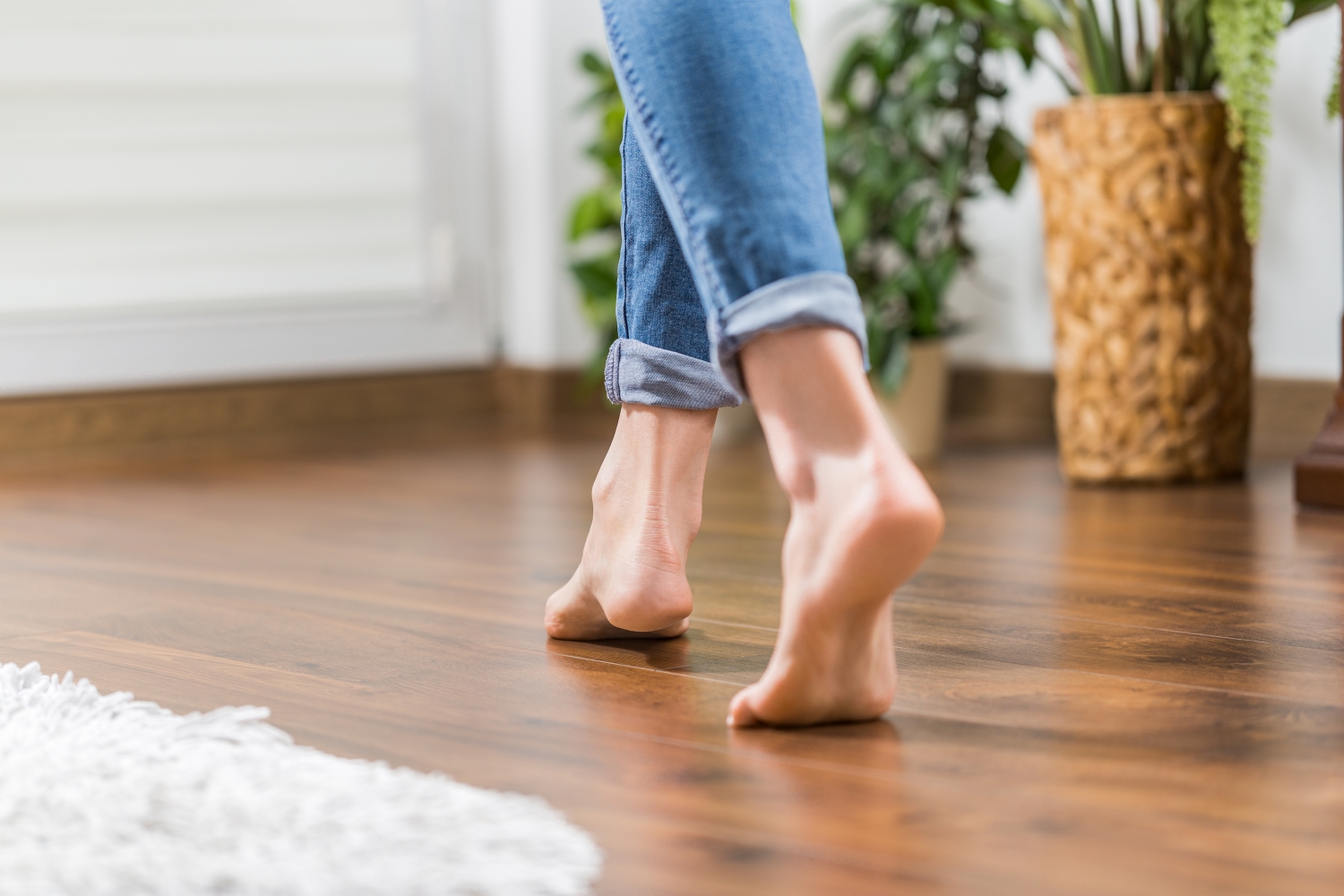
“People Become Obsessed About The Arch”
When looking at the foot it’s very easy to become focused on the arch. Over the years we have had a number of podiatry students come to our clinic to learn the techniques that we perform and teach. We need to reteach them that the foot is a three-dimensional object and not just to look at the arch.
“People Can Have a Low Arch and Not Have Any Structural Problems or a Normal Looking Arch and Have Structural Problems“
When looking at pain in the arch of the foot it is easy to focus on the height of the arch. However, instead of focusing on the height of the arch it is important to look at why the arch is high or low and realign that in order to stop the tissues tearing.
“There are Three Arches in the Foot”
The Three arches are:
All three arches are necessary for proper foot function. When one or more of the arches collapses this has a knock-on effect to the muscles and tissues which are designed to hold and support the arches.
A weight bearing x-ray will show if any of the arches have collapsed and if there is subluxation of the joints.
“X-rays can be Used to Show if any of the Arches Have Dropped or if any of the Joints are in the Wrong Position”
X-rays are used to see where there is subluxation of the joints. By comparing the x-rays of a well aligned foot to those of a misaligned foot you can see how misalignment of the joints in the foot affects the arch position.
“Below is a Picture of a Well Aligned Foot ‘Figure 8.2’ and a Picture of a Foot with a Low Arch ‘Figure 8.6’
In the x-ray below ‘Figure 8.2’ the midline of the talus is going through the middle of the foot and through the 1st metatarsal forming an angle of 0° rise or drop. 3° of rise or drop is an acceptable limit.
In Figure 8.6 there is 44° of drop. The red circle is highlighting a heel spur, which has developed because the tissues inserting into the heel are tearing out of the heel bone. The body has laid down a bony prominence, or spur, in order to prevent these tissues from snapping.